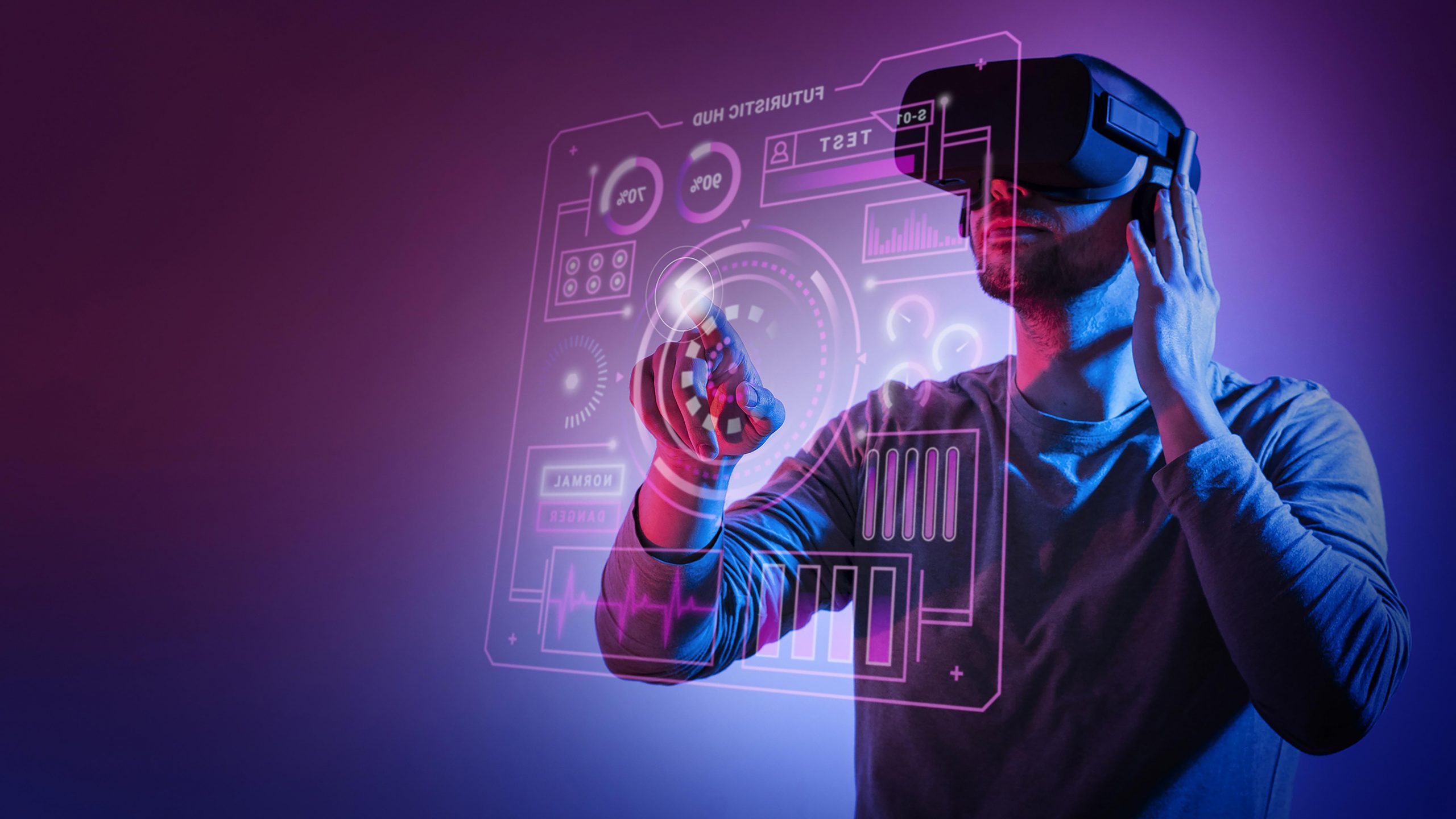- Judith Akatugba
- 0 Comments
- 611 Views
The simultaneous convergence and interaction of several technological trends is what sets the fourth industrial revolution apart from earlier ones. I’ve enumerated the top 10 technological trends in this post that, in my opinion, are propelling the fourth industrial revolution and will permanently change the way we conduct business and live.
Read Also: Nigeria and Its Automobile Industry
Trend 1: Ubiquitous computing
These days, we can find computers everywhere: in our cars, on our wrists, in our pockets, and even in our home appliances.
We’ve fast grown accustomed to computers and technologies becoming smaller, lighter, cheaper, more powerful, and more commonplace as processing power has improved and computer microchip size has decreased. (For instance, the typical smartphone in use today is more potent than supercomputers a decade ago.) In the future, quantum computers—computers so fast and strong that they may be utilized to accomplish new, previously unthinkable tasks that ordinary computers aren’t capable of—will most likely be the source of the next great jump in computing capability.
Trend 2: Everything is smart and connected.
You’ve probably heard of the Internet of Things (IoT) from gadgets like smart thermostats, smart watches, and TVs. The term “Internet of Things” (IoT) describes the proliferation of intelligent, networked items and gadgets that have the ability to collect and share data.
Everything that can be connected will be connected in the future. Not just in terms of technology and goods, though that is undoubtedly an important factor for companies, but also in terms of the environments in which we work and live. Smart places are going to be more and more capable of monitoring and responding to events around us, ranging from connected factories and offices to complete smart cities.
Trend 3: Our world becomes more data-driven
The Internet of Things and ubiquitous computing both significantly increase the amount of data that is produced every day. In addition to the data generated by machines, humans are also producing vast amounts of data via their routine actions, and this trend is not slowing down.
The good news is that companies can utilize this data to improve decision-making, streamline operations, and even develop new revenue streams. However, companies also need to understand the hazards that come with data, especially those related to data security and privacy.
Trend 4: Artificial Intelligence.
The abundance of data being produced is a major factor in artificial intelligence’s recent remarkable advancements, especially in the area of “conversational AI.” Thanks to AI, smart speakers responded to 100 billion voice commands in 2020 alone—75% more than in 2019.
The lesson for businesses is that customers will expect a wide range of products and services to include some form of artificial intelligence (AI) capacity as our interactions with machines become more sophisticated.
Trend 5: Extended Reality (XR)
Virtual reality, augmented reality, and mixed reality are the three types of immersive technologies that are collectively referred to as XR.
Although XR was initially associated with immersive gaming, it is now being employed in many other industries to provide more personalized and immersive experiences for both workers and consumers. For instance, staff may now learn in engaging new ways, and customers can virtually try out things – for instance, virtually placing a new sofa in their living room to see how it looks.
I think that in the future, we will experience the world more and more in this hazy area where the real and digital worlds collide, and XR will further hasten this change. As a result, businesses need to start thinking about how they will handle this and provide engaging experiences for both their clients and staff.
Trend 6: Digital trust
In essence, digital trust is the faith that people have in businesses to create a safe digital environment in which people may engage and transact in a simple, safe, and secure manner.
Many people, including myself, think distributed ledger technology and blockchain will be crucial in boosting digital trust and enhancing the security of interactions. Nevertheless, there is still more work to be done before the technology is fully usable by all kinds of companies. Collaborating with the numerous up-and-coming entrepreneurs and innovators who are making significant progress in the blockchain domain could be the solution for numerous enterprises.
Trend 7: 3D printing
These days, almost anything may be utilized to create a 3D printed object: metal, plastic, powder, concrete, liquid, even chocolate. It is now possible to 3D print entire homes.
This might revolutionize the manufacturing industry. To put it briefly, 3D printing allows producers to reduce costs and waste while producing items that are difficult or impossible to fabricate using conventional techniques. It also streamlines the production process and allows for the creation of highly customized products, including one-of-a-kind items.
Trend 8: Synthetic biology and gene editing
When “bad” genes are found—genes that can jeopardize the health of an organism or its progeny—gene editing might have special benefits. It is theoretically possible to change these detrimental traits due to advancements in gene editing technology. Gene editing has the potential to significantly advance the fight against illness in humans, animals, and crops.
Long DNA strands can be sewn together and inserted into an organism using synthetic biology, whereas gene-editing techniques can be used to make tiny modifications to DNA. The organism might then exhibit altered behavior or develop whole new skills as a result.
What connection does this have to businesses? Gene editing and synthetic biology have the potential to fundamentally change how we manufacture goods, in my opinion. It’s simple to understand how revolutionary these technologies could be when you consider novel and exciting items like cultured beef.
Trend 9: Materials science and nanotechnology
Nanotechnology, the study of controlling matter at the atomic and molecular level, and materials science, the study of studying and manipulating materials, have already produced some amazing advances for us, such as lithium-ion batteries, tiny computer chips, smartphone displays, and stain-resistant textiles.
In the future, this tendency may lead to significant advancements in solar energy costs and other areas that may improve the globe, such as batteries for electric cars.
Trend 10: New energy solutions
The pure, possibly endless energy source of the future is nuclear fusion, but there’s a catch: keeping up a fusion reaction requires more energy than it generates! However, because of recent developments in magnet technology, it’s possible that by 2035, a nuclear fusion reactor may produce net electricity.
Green hydrogen generation, which differs from conventional “grey hydrogen” production, is another promising zero-carbon energy option. Green hydrogen electrolyzes water to separate it into hydrogen and water without producing any byproducts. Historically, green hydrogen was essentially impractical due to the high electricity required for this process. However, this could alter with the use of renewable energy sources. For instance, as more renewable energy is entering into the grid, this extra energy might theoretically be utilized to power the electrolysis of water.
The main takeaway from all of these patterns is that we are about to enter a period of rapid and continuous innovation, where a number of tech trends will merge and build upon one another to produce enormous changes. This implies that for enterprises, the era of small-scale technology updates is over. The future is one of constant change.











